From Ruffner Mountain Executive Director, Carlee Sanford:
Thank you to Tom Spencer and Comeback Town for this important article on the need for more sustainable support for large-scale parks and preserves such as Red Mountain, Ruffner Mountain, and Turkey Creek Nature Preserve. Thanks also to the cities within Jefferson County for their continued financial support— City of Birmingham, City of Irondale, City of Homewood, and City of Pinson.
"We need these shared outdoor spaces. We’ve always been good at exploiting our natural resources in Jefferson County. We must appreciate how these restored natural landscapes can be cornerstones for a new century, improving our health, quality of life, and attractiveness for new residents and economic development."
“We need to make sure they are sustainably supported, and that future expansions are strategically planned and developed with sustainability in mind.”
I agree with Tom Spencer.
Jefferson County needs more conserved land and more protected green space for wildlife. We need more large acreage parks, preserves, & greenways for walking, hiking, mountain biking, birding, commuting, and ADA-compliant trails specifically designed for accessibility.
But first, Jefferson County needs a regional solution to support current and future green infrastructure and preservation of our natural world so that all residents— across Jefferson County— may connect with nature, clear our minds, recreate, and find peace or inspiration from time spent in the outdoors.
Read the article here.















